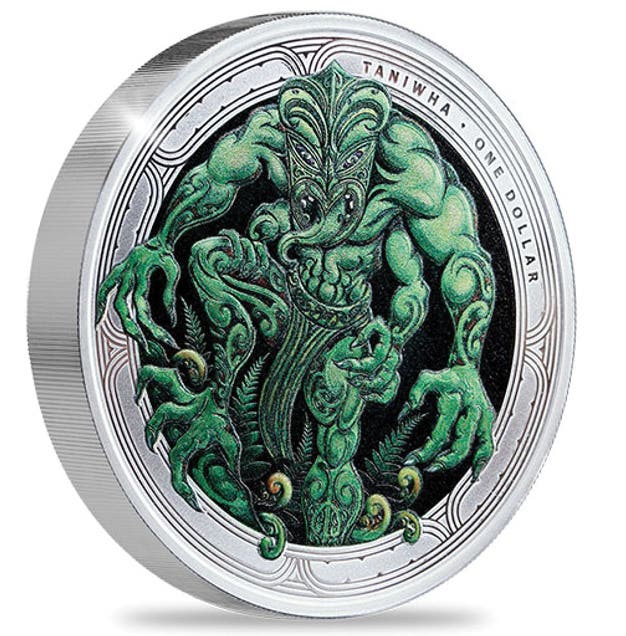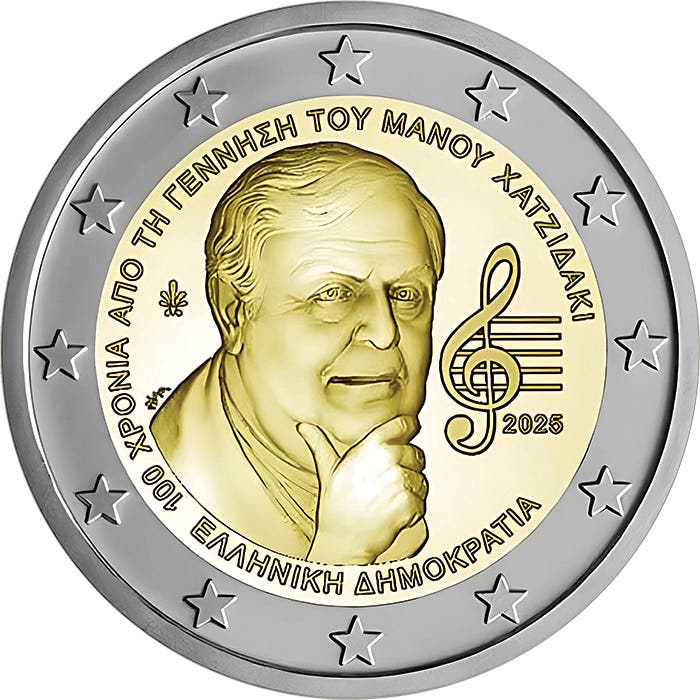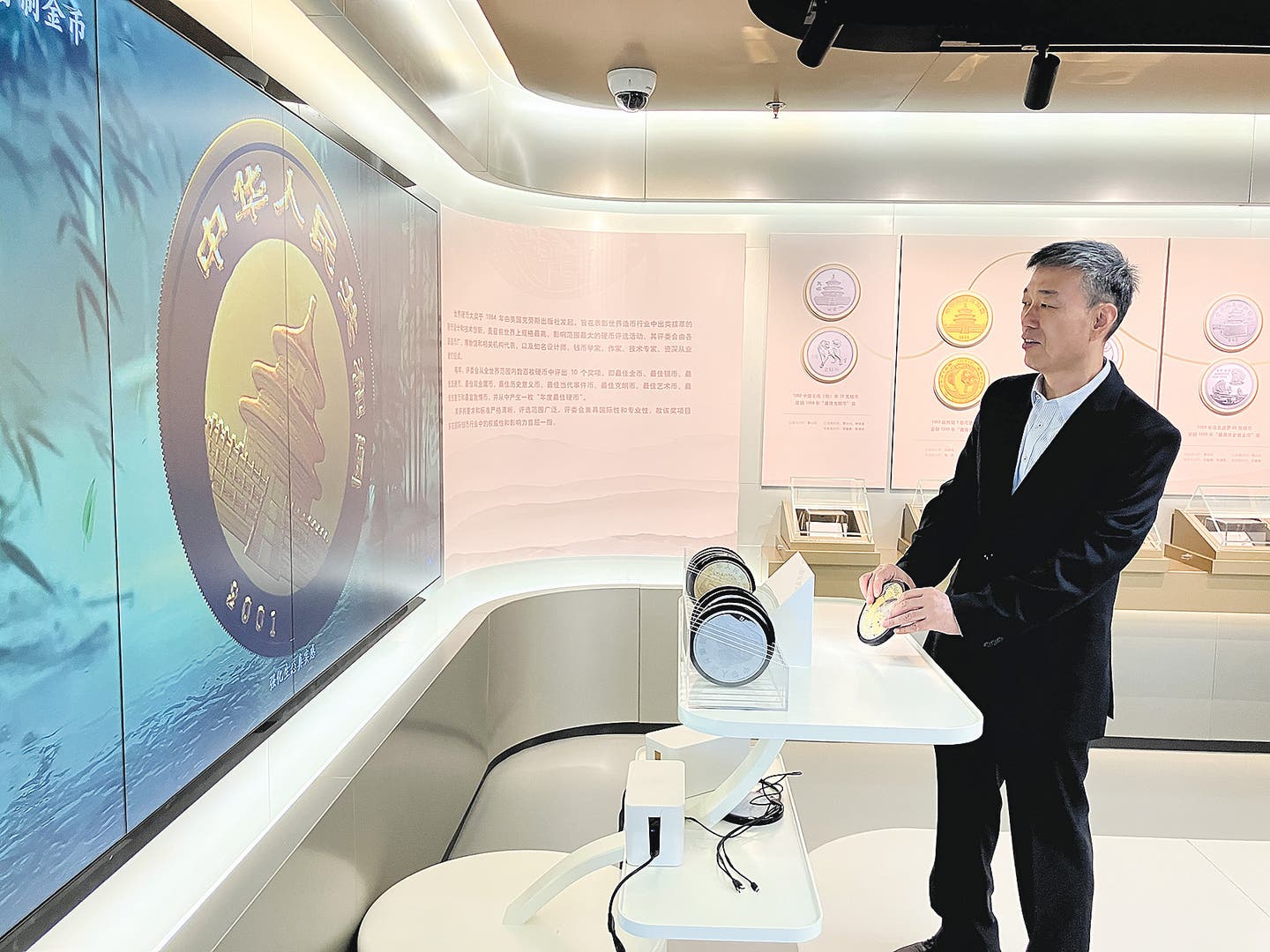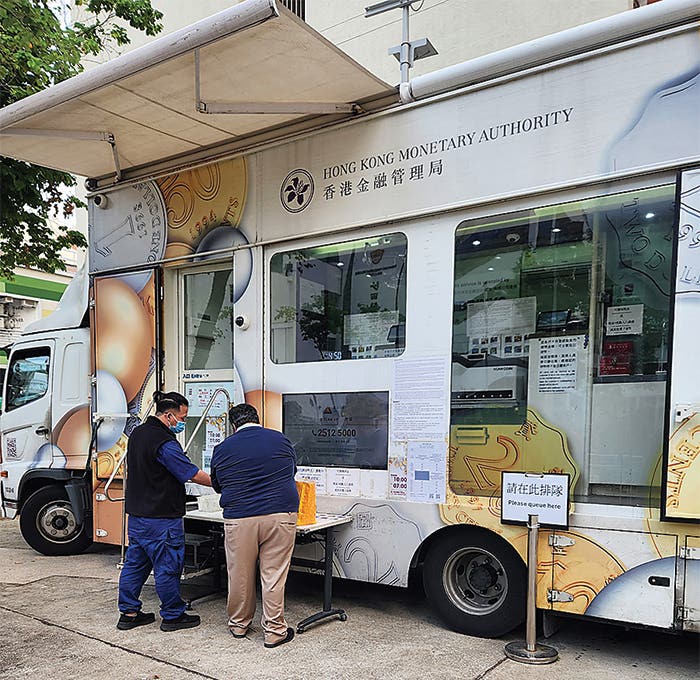An 1868 Proof Mule Quarter Dollar
by Greg Johnson There is a long history of considering proof and business strike coins of the same design to be distinct sets. It has been typical for a Liberty…
by Greg Johnson
There is a long history of considering proof and business strike coins of the same design to be distinct sets. It has been typical for a Liberty Seated collector to focus on either one or the other, with most people who are building business strike sets not doing the same with proofs, and vice versa.
Proof Liberty Seated quarters, which seem to have declined in popularity over the past 5-10 years, look almost, but not quite exactly like their business strike counterparts. They also differ from the business strikes in ways other than the well known differences in manufacturing and typical differences in appearance.
Proof Liberty Seated quarters were minted almost exclusively at the Philadelphia mint, where significant quantities were produced each year from 1858 to 1891. There are a few, quite rare, earlier proofs and a handful of Branch Mint proofs which are excessively rare, but the vast majority of Liberty Seated quarter proofs are Philadelphia mint issues dated from 1858 to 1891. There were 35 distinct proof issues during that time period, if one counts the 1873 with arrows and no arrows as two different issues.
A comparison between proof and business strike Philadelphia mint quarters reveals an interesting pattern which is paralleled in other Liberty Seated denominations. There are frequently more proofs available to collectors than business strike coins from the same year. This is most notable in the very low mintage years of 1864 -1870 and 1879-1890 in which production of coins for circulation never reached the 100,000 piece level (one year as low as 5,000) and proofs were made at a rate of from 470 to 1,355 pieces.
This presents an interesting question for the Liberty Seated quarter variety collector. Are the proofs truly a different series; or die varieties? The business strike quarters for the low mintage years were struck from one, or for a few issues two, die pairs in each year. The proofs, with one exception, featured a single die pair each year. The question regarding which coins to include in a set is compounded by the fact that it can be very challenging to differentiate between a proof and business strike.
This is particularly the case because many of the business strikes of these low mintage issues are proof-like when in mint state condition. Both collectors and third party graders have been fooled; sometimes with substantial financial consequences.
Distinguishing proof from business strike is also made more difficult by the fact that proof dies were sometimes used to make business strike coins. This has been documented in the case of both 1852 and 1883 quarters. The 1852/52 obverse die was used to strike the one or two known proof examples, as well as a number of business strike coins. The 1883 used distinct obverse dies for proof and business strike issues, but the same reverse die was used for both. But sometimes it gets even more interesting…
One of the unique Liberty Seated quarters in my set is an 1868 in a PCGS AU50 holder. The holder says it is a business strike, but the obverse is obviously from the proof die. The coin, despite some fairly heavy toning and slight wear on the high points, has wire rims and mirror surfaces under the toning. I initially had concluded it was a circulated and misattributed proof, but to confirm showed it around to a few knowledgeable people at a major show shortly after I purchased it. The opinions were unanimous that the coin was “probably a proof.” Then, after owning it for a number of years, I had the opportunity to bring the coin (and a microscope) to a show and compare it side by side with a mint state business strike and two high-grade proof 1868 quarters.
A careful examination of the four coins revealed that my example was in fact a previously undocumented mule; a combination of the proof obverse with the business strike reverse. The attribution points for the four dies are:
• Briggs Obverse 1 (Business Strike Obverse): date position 8/9 date sloping down from left to right;
• Briggs Obverse 2 (Proof Obverse): date position 7 with date sloping up from left to right, 1 repunched north, last 8 recut inside top loop, large die lump attached to B in LIBERTY;
• Briggs Reverse A (Business Strike Reverse): recutting on Q and OL of denomination, distinctive pattern of die scratches between vertical shield lines;
• Briggs Reverse B (Proof Reverse): vertical lines 2 and 7 extend to horizontal line 2.
• Briggs Obverse 2 (Proof) is shown in Figure 1.
Note the large die lump near the B in LIBERTY.
A close up of the shield from Briggs Reverse A (Business Strike) is shown in Figure 2. Note the obvious die scratches within the vertical shield lines.
There may still be some really interesting finds waiting among those proof quarters; and it helps to remember: “never attribute a coin by looking only at one side.” ♦
This article reprinted, with permission, from The eGobrecht, the electronic newsletter of the Liberty Seated Collector’s Club.









